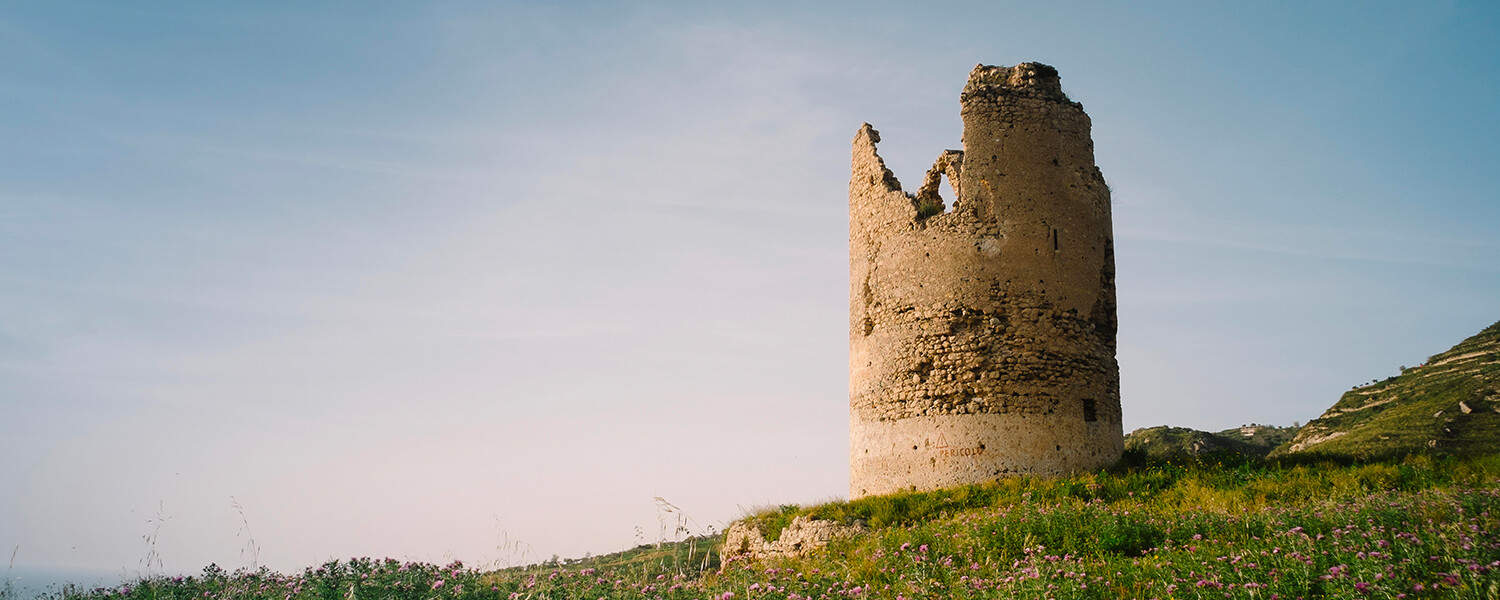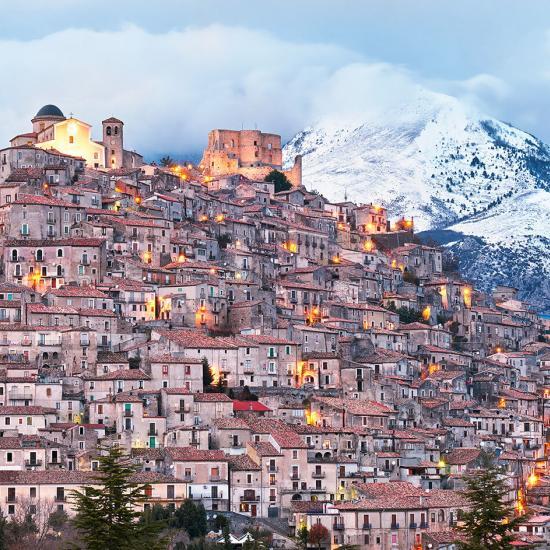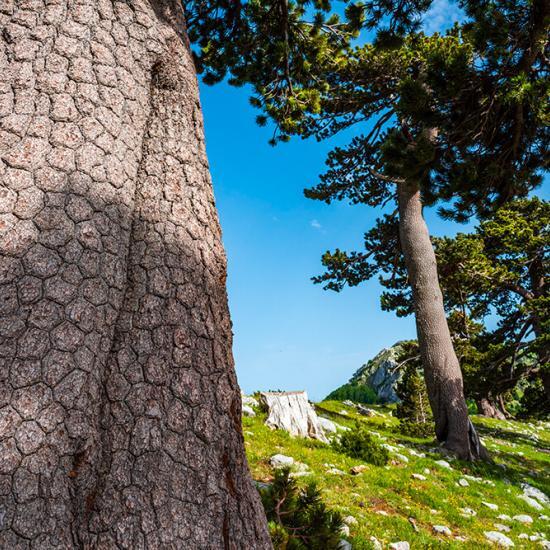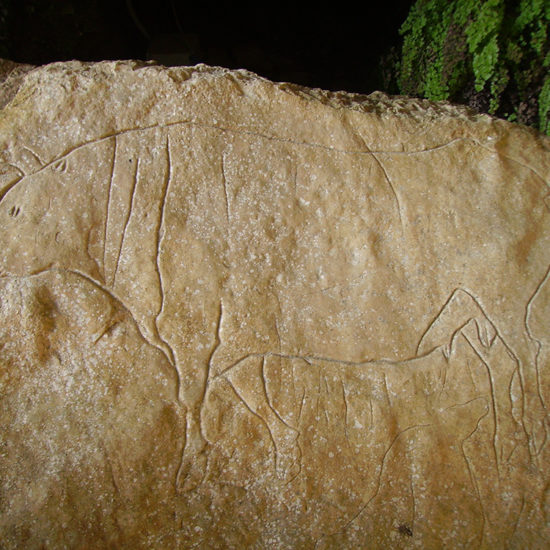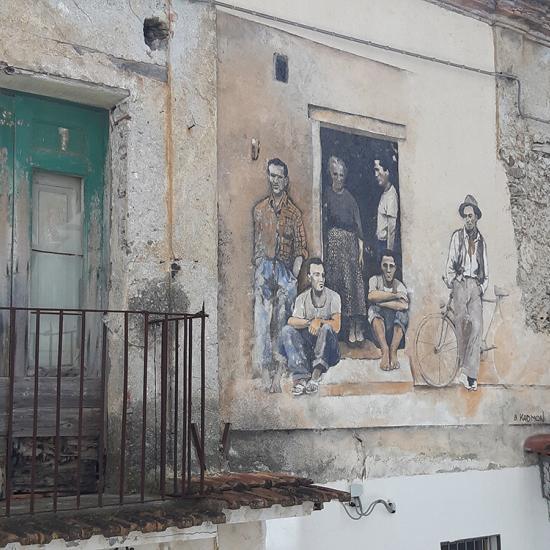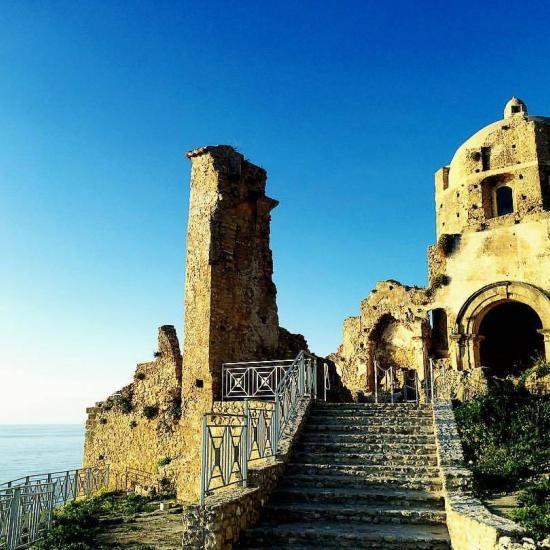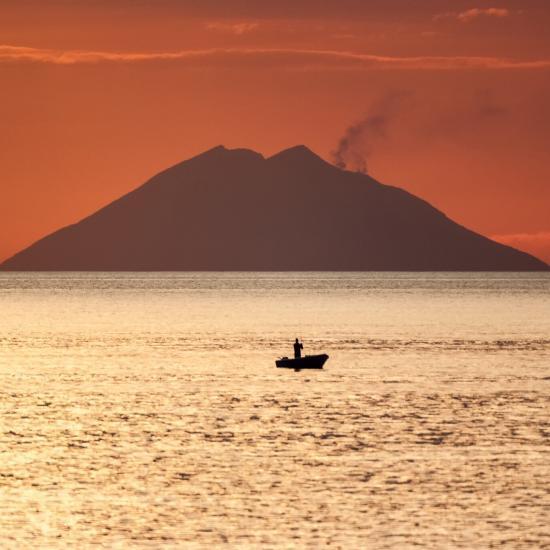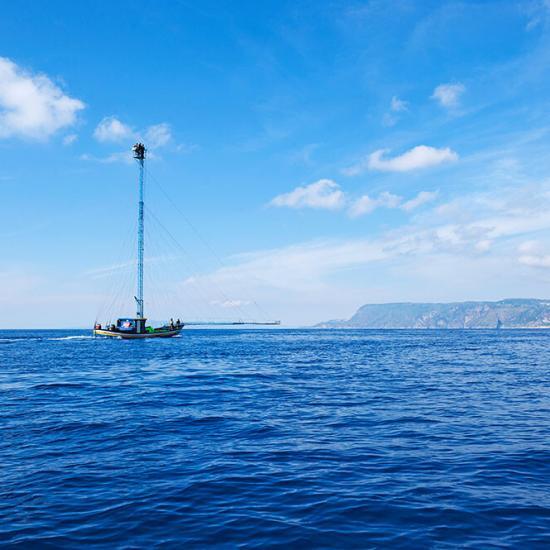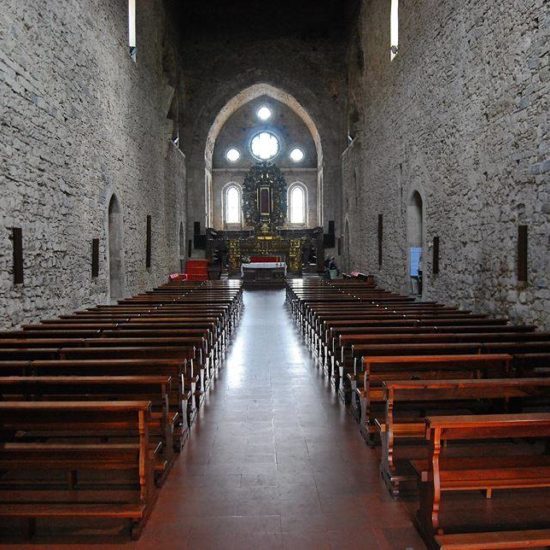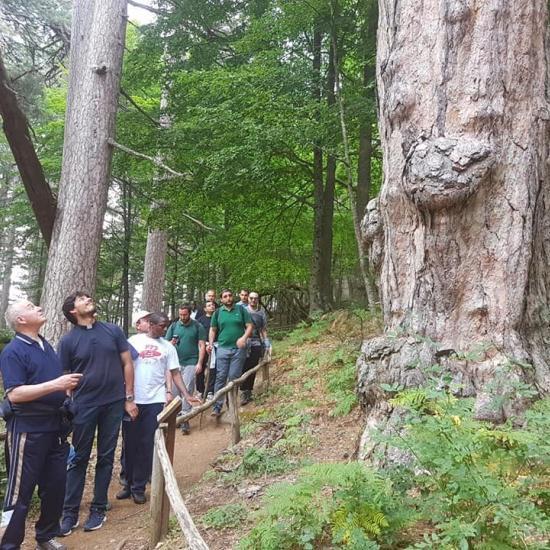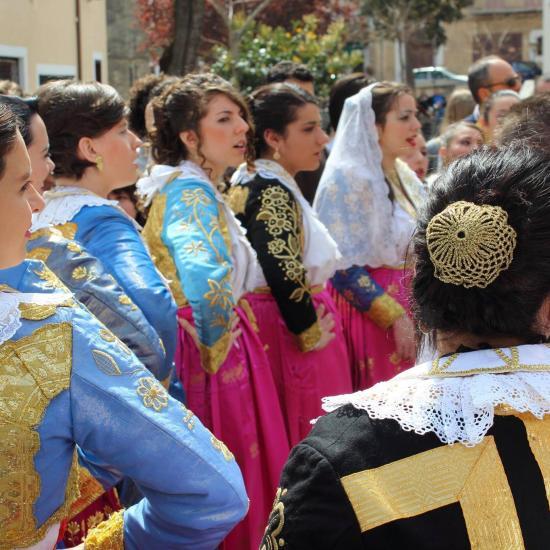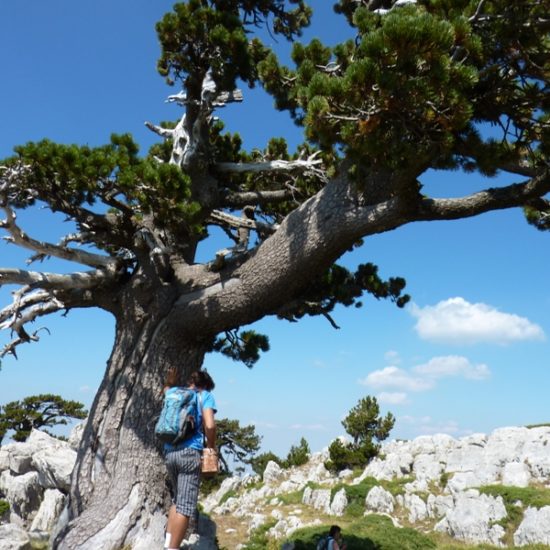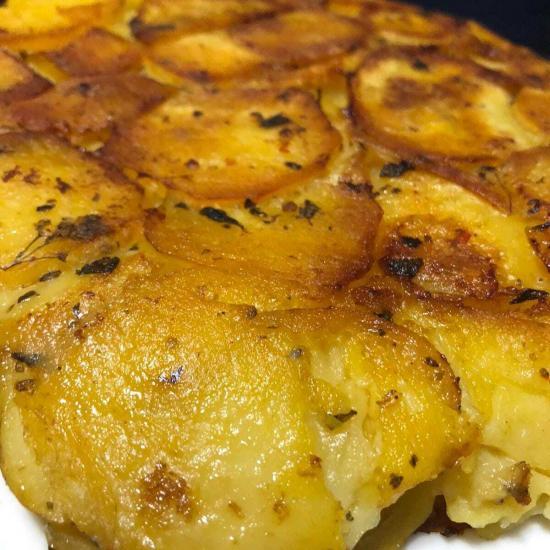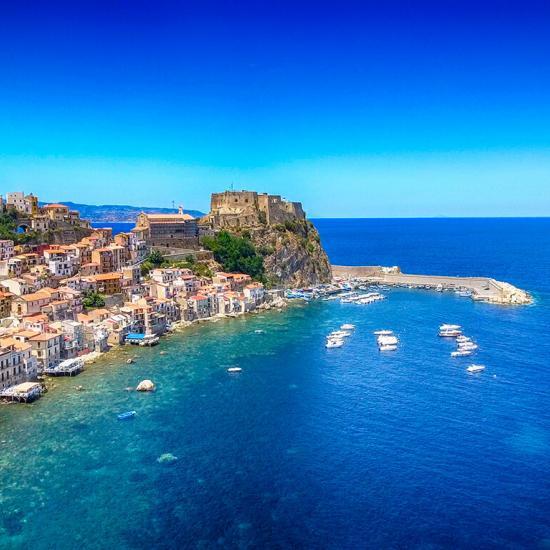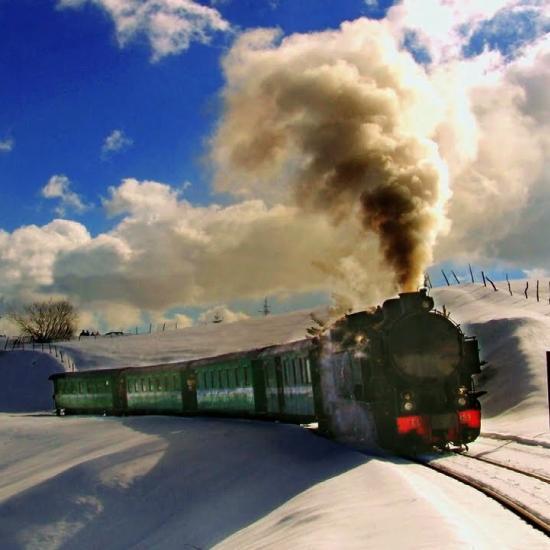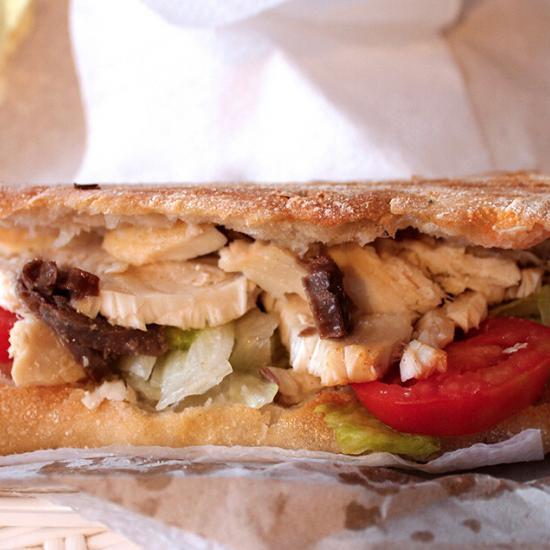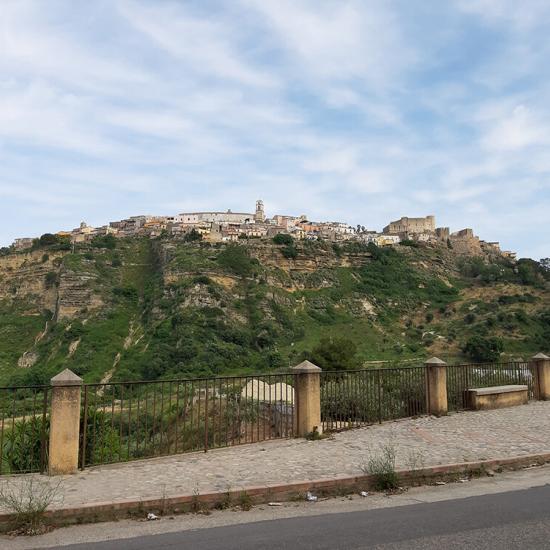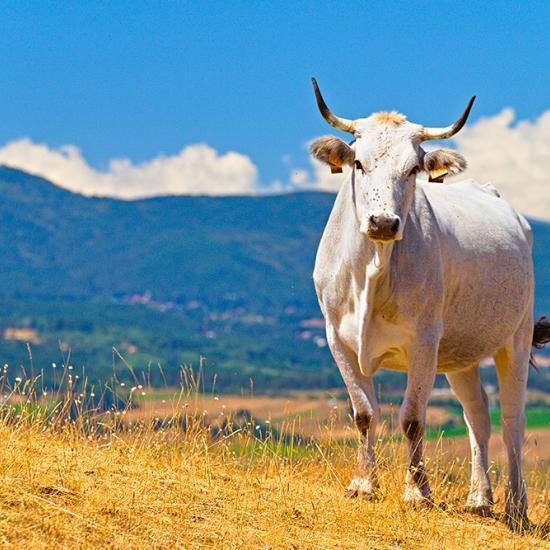Calabria On My Mind
per person
This tour planning is a selection of emblematic, meaningful, intriguing places, destinations imprinted into a Calabrian heart. They are places making up an image of Calabria, our soul places that we want to tell about. We want to show them. We want you to know the best things to do in Calabria. It’s like when you’re the host and you feel an emotional tremble ‘cause you want to go with your guest around the new home, to describe the great care and passion put into action to design and furnish it, and decorate the apartment… so, enjoy 12 days of Calabrian full immersion, to explore the most exciting mountains, the lovely coastal and hilly views, charming villages, art signs and masterpieces representing Calabria all over the world.
Travel planning, consulting for a customized experience in Calabria
Calabria On My Mind is a long tour that requires a lot of attention in the organization. Tour operator should plan 4 changes of hotel accommodation (Morano, Scalea, Amantea, Sila) to make the journey by bus more comfortable, considering one simple thing: Calabrian roads are not easy.
We will help you (groups or individual travelers) if you need advice about transport, accommodation and food. Core Calabro gives answers and also recommendations when receiving guests’ demand, it’s too important to outline the tourist profile. Once we examine your request, the Core Calabro expert will answer you to talk about bus companies, restaurants, hotels, b&b. We are going to seek the customized travel experience.
-
Departure
First, transfer to Calabria at a hotel or bed & breakfast in Morano Calabro/Castrovillari area, northern Calabria, you reach it via A2, Autostrada del Mediterraneo. You may consider flight option (destination Lamezia Terme) and then you can go to the hotel (bus transfer or rental car). -
Dress Code
Always wear sports shoes, you will often walk on cobblestones of the historic centers. Walking tours involving mountain hiking require clothing such as a padded sports jacket, backpack, hat or balaclava, gloves. It depends on whether you choose to explore the national park in winter rather than spring-summer-autumn. You can rent - on site - snow boots, poles and snowshoes, to walk better. -
Included
Food TastingLicensed tourist guideRadio whispers, receivers appropriate for listening in the museums, in crowded places and for better social distancing, as the WHO recommendsUmbrellas if necessary (also parasol) -
Not Included
Hotel, accomodationsLunch, dinnerMuseum ticketsParking ticketsTransfers
FLIGHT or BUS arrival + TRANSFER to MORANO C./CASTROVILLARI
MORANO CALABRO and CIVITA
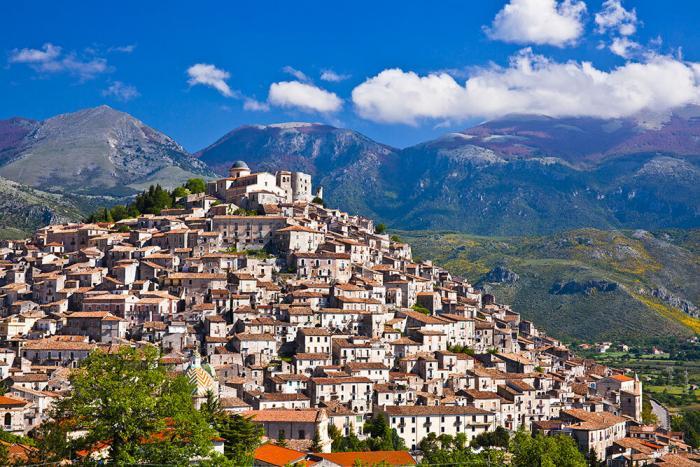
Morano Calabro, village very close to the southern slopes of mount Pollino
Trekking for nature lovers on POLLINO or on ORSOMARSO mountains (3rd option in summer: rafting Lao river)
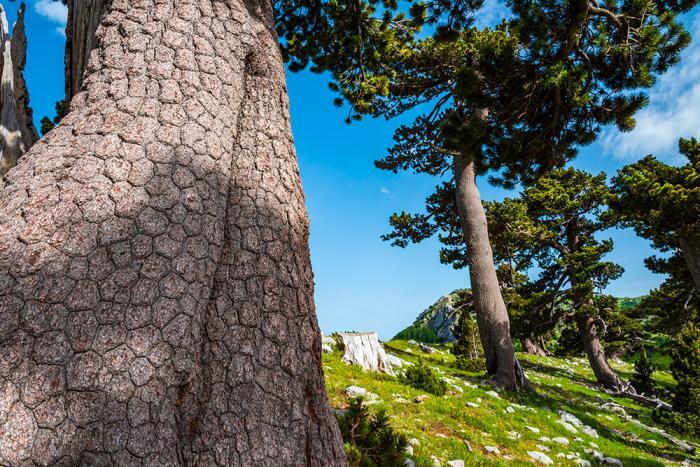
Trunk of pino loricato, you see particular "scales" covering the bark
Romito Cave (BOS PRIMIGENIUS) in Papasidero + town of SCALEA
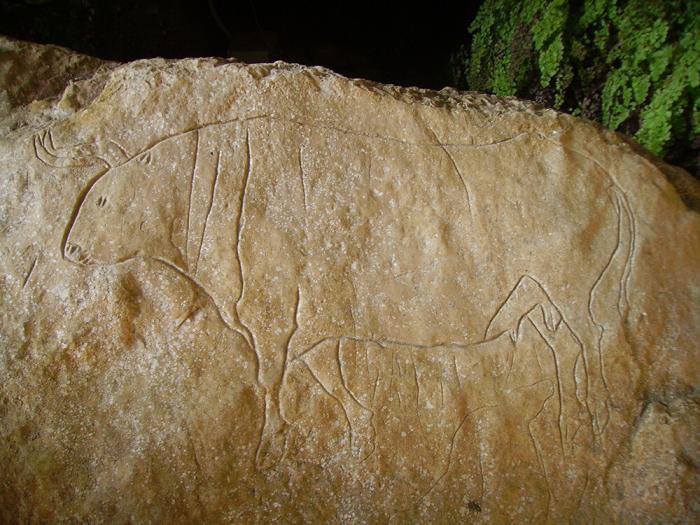
Bos Primigenius rock engraving, it is an urus, extinct species of large wild cattle in the Paleolithic Age
SANTUARIO DI SAN FRANCESCO (Paola) and DIAMANTE
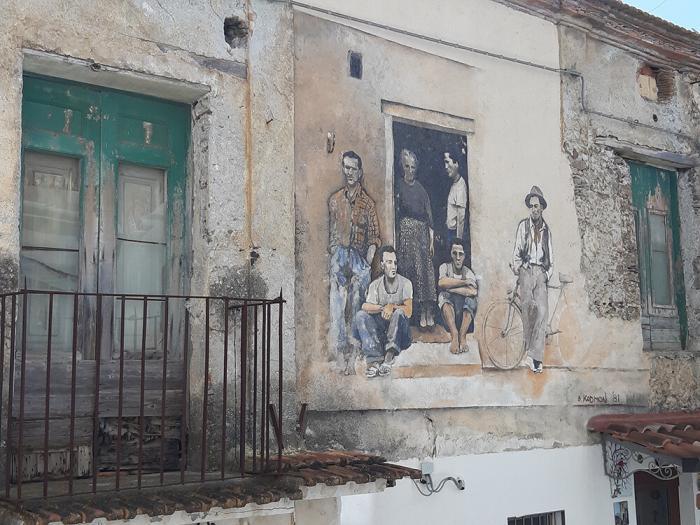
Wall painting by Baruch Kadmon, he wanted to "duplicate" the famous shot "La Famiglia" by Paul Strand
AMANTEA and FIUMEFREDDO BRUZIO
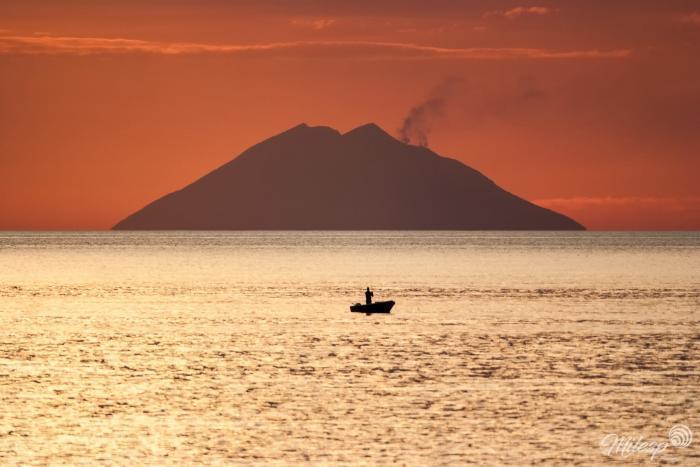
Stromboli, volcano at sunset, a sort of Fellini's artistic invention for Amantea and neighborhood (ph Michele Polani)
TRACCIOLINO hilly pathway (Costa Viola) + folklore museum and art gallery in PALMI
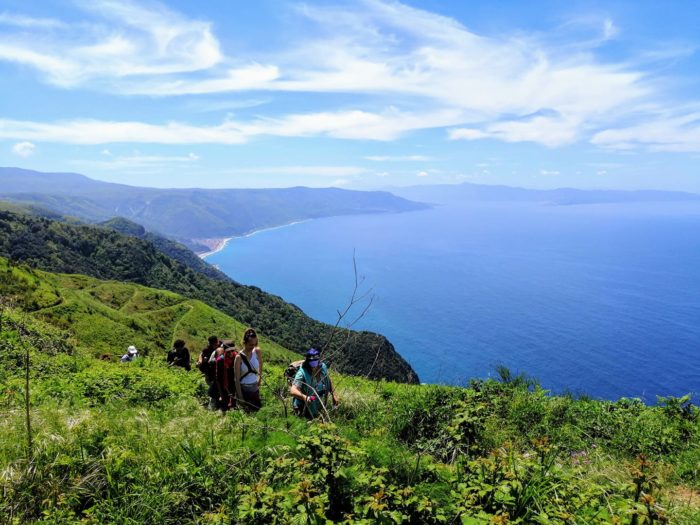
Tourists walking the paths on the hills of the Costa Viola (ph Antonello Martino)
SCILLA and REGGIO CALABRIA
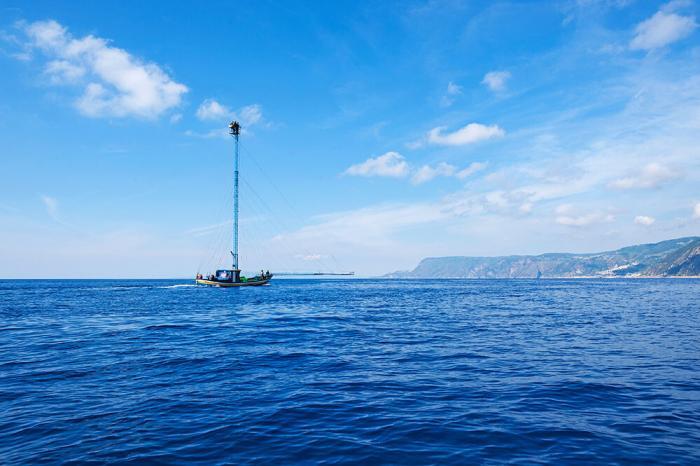
A modern spadara, swordfish hunting in the open sea
ABBAZIA FLORENSE (S. Giovanni in Fiore) + SILA GRANDE
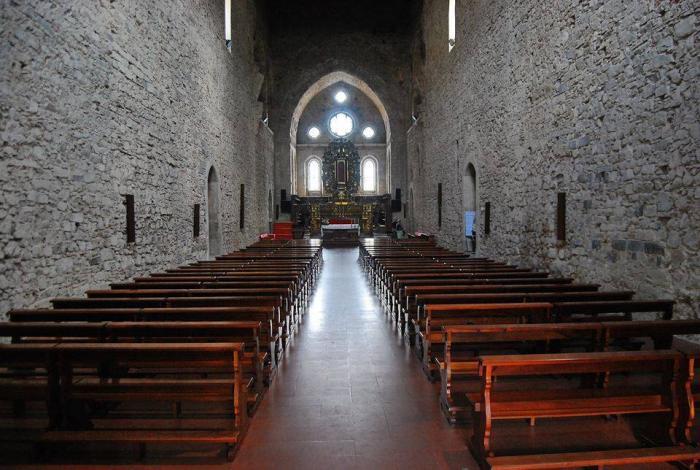
San Giovanni in Fiore, the only one nave inside the church of the Abbazia Florense
GIGANTI DELLA SILA and CAMIGLIATELLO SILANO
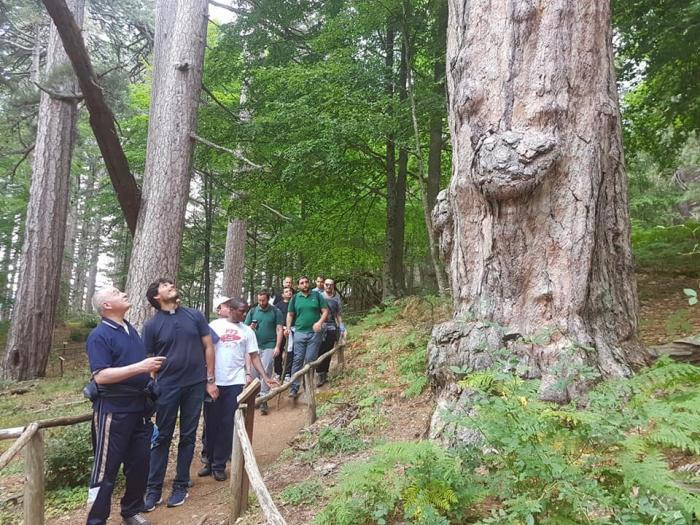
Sila Grande (ph Antonello Martino)
SANTA SEVERINA and vineyard Gaglioppo (CIRÒ DOC)

CIRÒ, the local red grape Gaglioppo, mother of the great famous Calabrian doc (PDO) wine, ph Mavi Peña
ROSSANO CALABRO and back home

ROSSANO CALABRO, Codex Purpureus Rossanensis, a Byzantine rarity

